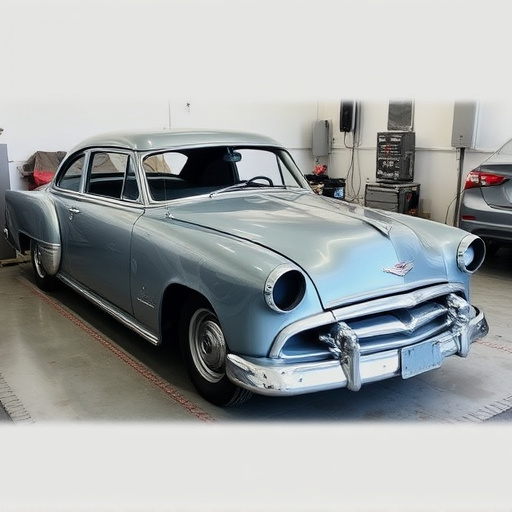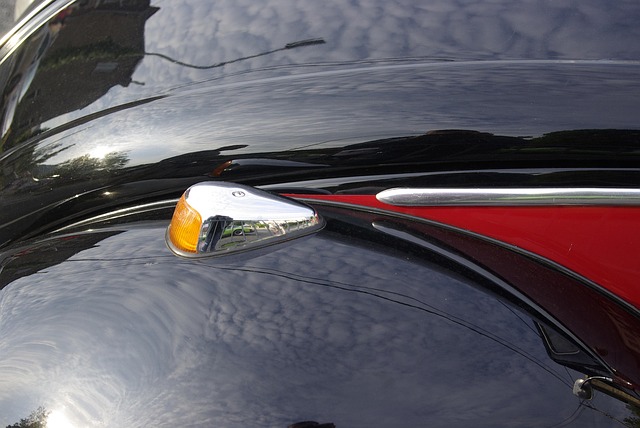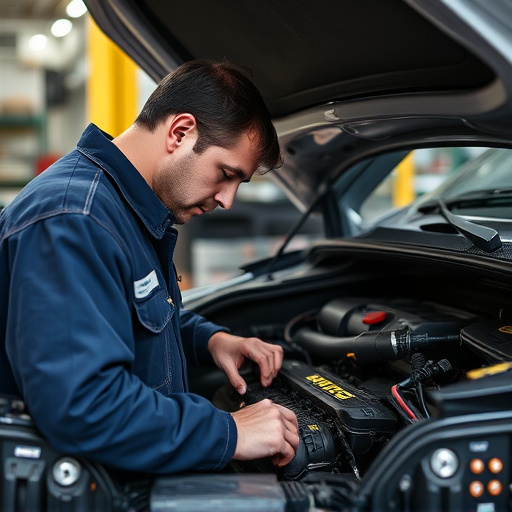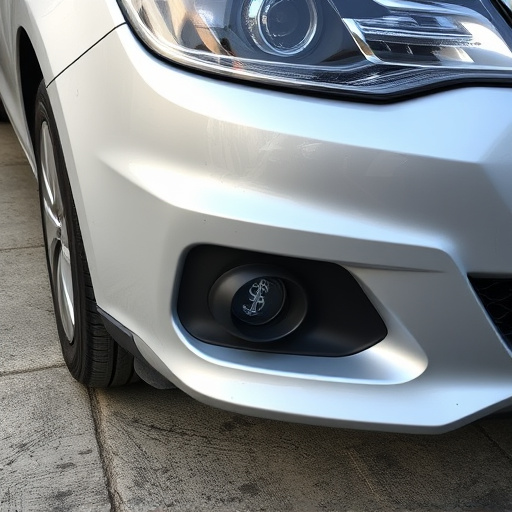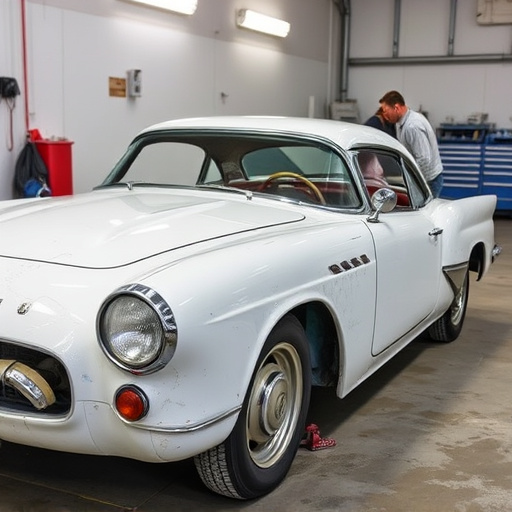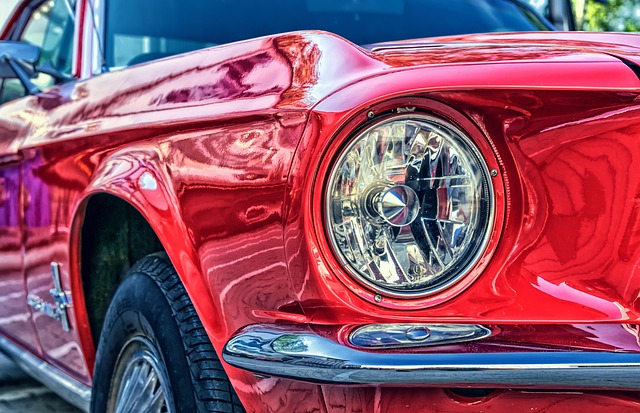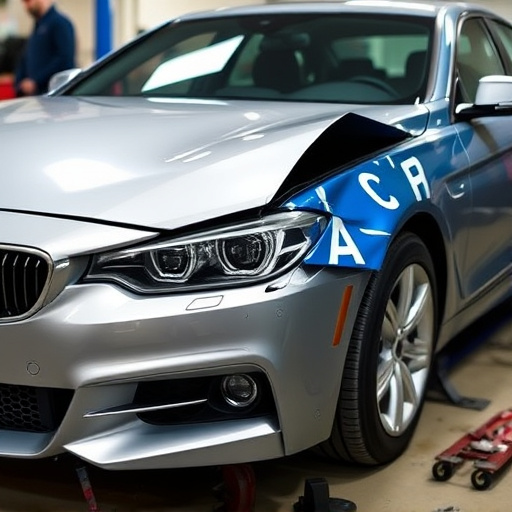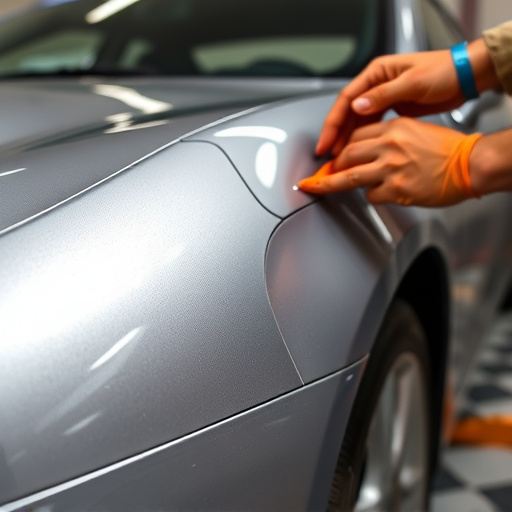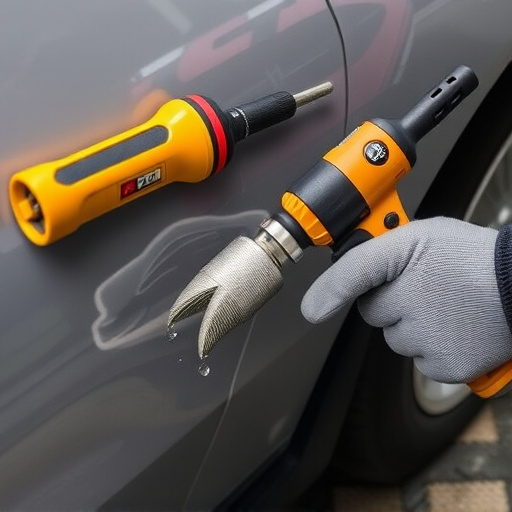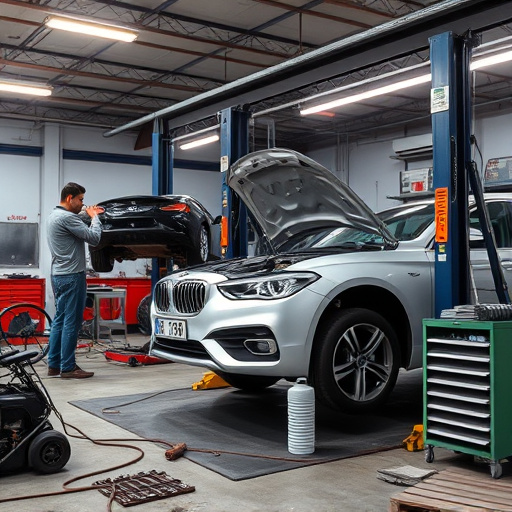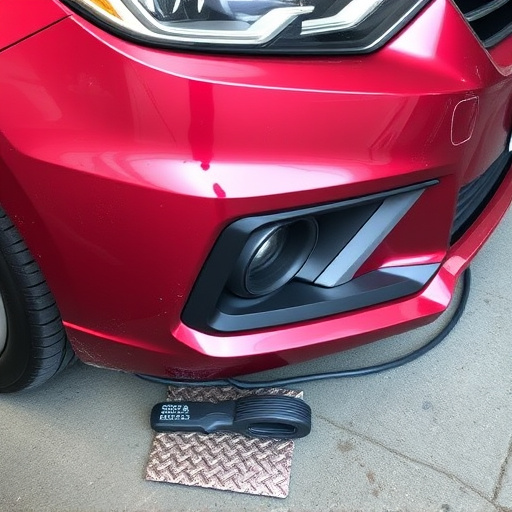Silicon bronze welding offers advanced corrosion resistance, high strength, and conductivity for superior car body panel repairs, especially in collision scenarios. Its unique alloy composition enhances structural integrity compared to traditional steel welding, ensuring long-lasting durability. However, this specialized technique requires skilled technicians and advanced equipment, potentially increasing costs and complicating intricate designs.
Is Silicon Bronze Welding the Secret to Strong Auto Panels? Discover the potential of this unique material in modern automotive manufacturing. This article explores the fundamentals of silicon bronze welding, its mechanical advantages for auto panels, and the challenges it faces in this demanding industry. We weigh the benefits, from improved strength to corrosion resistance, against common concerns, offering a comprehensive guide to this game-changing technique in the world of auto panel repair and replacement.
- Understanding Silicon Bronze Welding Basics
- Mechanical Properties and Auto Panel Requirements
- Advantages and Challenges in Automotive Applications
Understanding Silicon Bronze Welding Basics
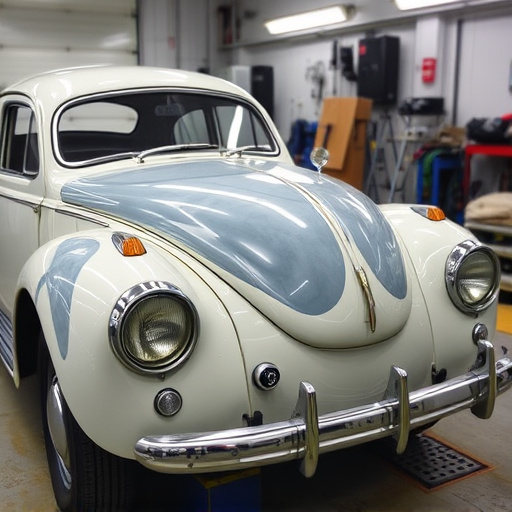
Silicon bronze welding is a specialized process that uses a unique alloy consisting of copper, tin, and silicon to create strong bonds between metal components. This method is particularly attractive for automotive applications, especially in scenarios like vehicle dent repair or Mercedes-Benz collision repair, where structural integrity and corrosion resistance are paramount. The silicon content in the alloy enhances both weld strength and ductility, making it more flexible than traditional steel welding, which can be beneficial during the intricate paneling processes of car collision repair.
Understanding how silicon bronze welding works involves recognizing its ability to form a robust bond at high temperatures. The silicon in the alloy reacts with the base metals, creating a strong intermetallic phase that ensures the welds are as strong as, if not stronger than, the original metal. This is crucial for maintaining the structural integrity of auto panels during and after the repair process, ensuring vehicles like those involved in Mercedes-Benz collision repairs can return to the road safely and reliably.
Mechanical Properties and Auto Panel Requirements
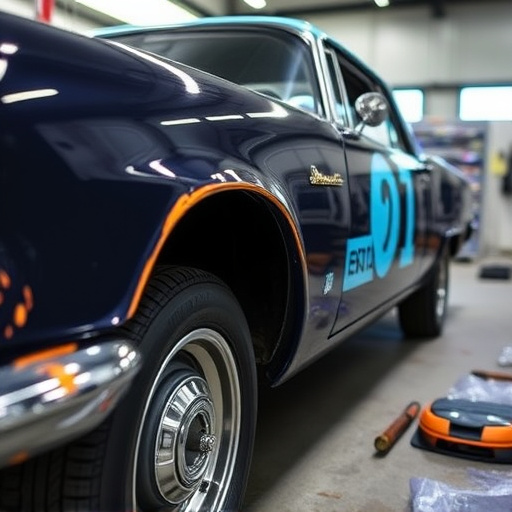
Silicon bronze welding offers a unique blend of mechanical properties that make it a promising candidate for auto panel applications. This alloy is renowned for its exceptional strength, ductility, and corrosion resistance, all of which are critical factors in vehicle body repair. Its high tensile strength ensures structural integrity, reducing the risk of panel failure during impact events, such as fender benders or more severe collisions. The ductility of silicon bronze allows for some give and flexibility, which is vital when realigning panels after a collision, ensuring a seamless fit without compromising strength.
Auto panels are subject to various mechanical stresses throughout their lifecycle. They must withstand routine driving conditions, including sharp turns, speed variations, and constant exposure to varying weather conditions. Additionally, in the event of an accident, these panels need to protect passengers while also maintaining vehicle structural integrity. Silicon bronze welding can meet these demands due to its superior mechanical properties, making it a viable option for both original equipment manufacturer (OEM) applications and reputable car repair shops seeking durable solutions for vehicle body repair.
Advantages and Challenges in Automotive Applications
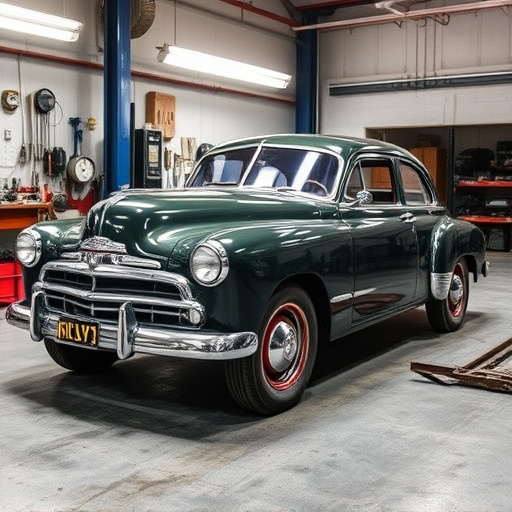
Silicon bronze welding offers several advantages when applied to automotive applications. Its superior corrosion resistance makes it ideal for repairing and restoring car bodies, ensuring long-lasting durability in various weather conditions. This type of welding also exhibits excellent strength and conductivity, facilitating precise repairs and structural integrity in auto body shop services. It can handle high temperatures without losing its mechanical properties, which is crucial for complex panel replacements.
Despite these benefits, challenges exist when utilizing silicon bronze welding for auto panels. The process requires specialized equipment and skilled technicians to achieve consistent results, adding potential cost implications for car body restoration projects. Additionally, the material’s unique properties can make it more challenging to weld in certain angles or over intricate designs, necessitating careful planning and precision during auto body repair procedures.
Silicon bronze welding has proven to be a viable option for auto panel repairs, offering both strength and durability. Its mechanical properties align well with the demanding requirements of automotive applications, making it an attractive choice for many manufacturers. While there are challenges, such as cost and joint preparation, ongoing advancements in techniques and materials continue to enhance the process’s efficiency and reliability. As a result, silicon bronze welding is solidifying its position as a game-changer in the auto industry, ensuring robust and long-lasting panel repairs.
